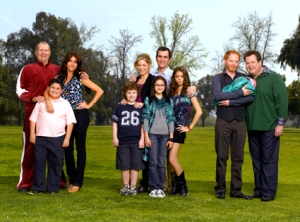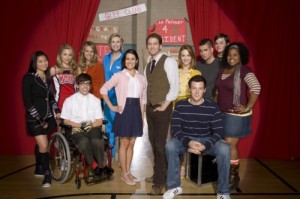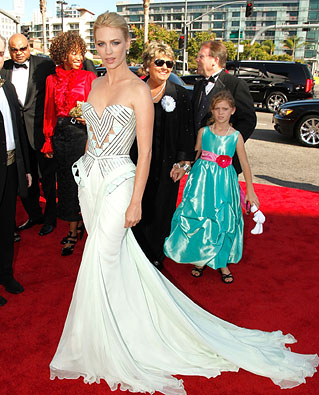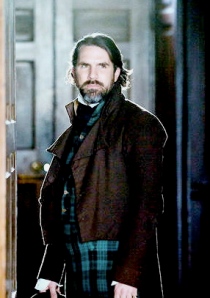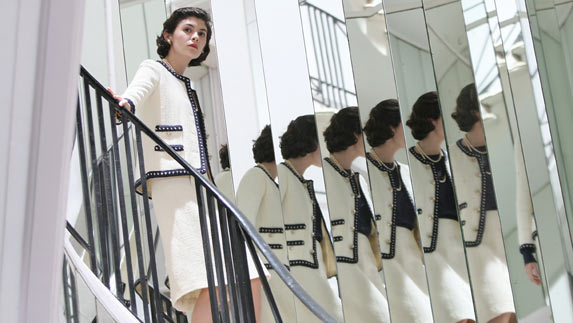 This review was really difficult for me to write because I desperately wanted to like this book. I’ve been waiting six years for it, squealed with joy when I received it, and approached it with as much affection as one can muster towards an inanimate object.
This review was really difficult for me to write because I desperately wanted to like this book. I’ve been waiting six years for it, squealed with joy when I received it, and approached it with as much affection as one can muster towards an inanimate object.
Unfortunately, I found Audrey Niffenegger‘s Her Fearful Symmetry to be a disappointment, and not because I was so in love with her debut novel, The Time Traveler’s Wife. In fact, I think it’d be unfair to compare this to that so I shall judge Symmetry strictly on its own merits.
The story begins with Elspeth dying from leukemia in London and bequeathing her flat to her nieces, Julia and Valentina Poole, twins who live in America with Edie, Elspeth’s own twin. The girls come to London and immediately get tangled in the lives of Elspeth’s neighbors, including Martin, a shut-in who suffers from OCD; and Robert, who had been Elspeth’s younger lover. They also share their space with Elspeth’s ghost, whom only Valentina can see.
As they explore their newfound independence and adulthood, Valentina starts longing for a life separate from her sister, who insists they must do everything together. Valentina gets extra impetus when she falls for Robert and senses her sister’s resentment of the situation. Valentina’s plan for escape from Julia has disturbing results with an O. Henryesque twist at the end.
One of my struggles with this book was to get past the first 300 pages or so, where not much happens while the twins get acclimated to London and acquainted with their new neighbors. They tour Highgate Cemetery, go to museums and look at jars of organs and dodo skeletons, learn how to use the tube, etc. Note the following samples from the book:
Days went by and nothing much happened.
Exactly. And this:
I’m bored, Julia decided. It was no fun to be bored alone. Julia looked around, but found nothing worth looking at or thinking about.
Me, neither. This is from p. 287.
But then Valentina puts in motion her plot to escape and things get really complicated in the last 100 pages. Niffenegger deserves credit for coming up with a wildly imaginative idea but I couldn’t understand why Valentina wouldn’t choose a much easier way out. I’m all for paranormal and dark and twisted but it has to make some sense.
The end results would be really tragic if it weren’t for my other big problem with the book: I didn’t really care about the characters. I couldn’t find an adequate guide to take me through this fantastical story. Robert, mourning Elspeth and unable to complete his thesis, is stuck in a rut with no real plan to get out of it. Likewise the obsessive-compulsive Martin. Though I’m sympathetic towards OCD sufferers because I’m very close to a few people who have it, scenes about Martin repeatedly scrubbing his floors and hoarding newspapers don’t make gripping fiction.
Because we never get a full glimpse of the relationship between Robert and Elspeth before she died, her yearning for him as a ghost feels superficial, stemming more from a desire for physical contact than deep romantic love. As for the twins, Julia is bossy and Valentina is weak, in spirit and body (she’s asthmatic). Their exclusive twin-ness and otherwordly vibe—with their almost-white hair and propensity to dress all in white—keep them at arm’s length from other characters and the reader.
The one good thing I got from Symmetry was a comforting vision of the afterlife. I recently lost a friend to cancer so this is no small gift. Niffenegger posits that the soul lives on after death and if we open our minds to this possibility, we can visit and co-exist with our departed loved ones in a non-spooky way. Yes, being a ghost can be lonely but the ending suggests that rapture can also be found.
Nerd verdict: Fearful disappoints but has moments of grace
NOTE: Head over to Niffenegger’s website to see her striking artwork and photos of Highgate Cemetery, where she worked as a tour guide.


